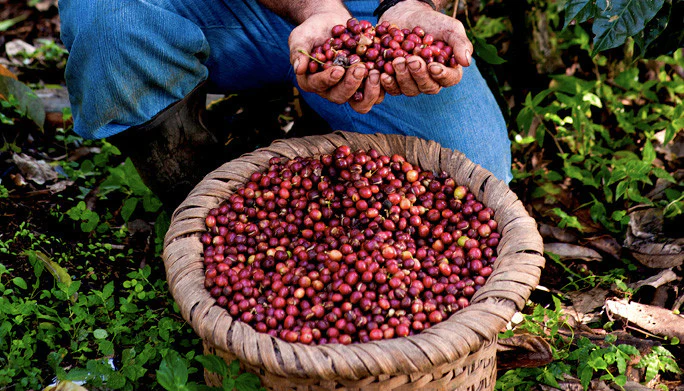Costa Rica’s Coffee Situation
As of the 2022-2023 harvest season, approximately 8% of Costa Rican coffee remains unsold. Despite international acclaim and award-winning prices, the coffee growers face the aftermath of the COVID-19 pandemic, which has saturated international demand.
Costa Rica’s Unique Challenges
“We are about to end the coffee year, with almost 8% of the previous harvest still unsold. We might need to extend the season’s closure by another month to see if benefits can sell it and complete a fiscal closure,” stated Fernando Naranjo Retana, a representative of producers and Vice-President of the Coffee Institute of Costa Rica (Icafe).
Data from Icafe, as of September 11th, shows sales of 1,718,567 46-kilogram bags, leaving 132,668 bags (approx. 7.7% or $21 million market value) unsold. Such a scenario seems unusual, considering the high demand for Costa Rican coffee internationally.
Global Context
During the pandemic, major coffee buyers stocked up, driving international prices due to decreased supply. Notably, weather conditions affected Brazil’s 2021-2022 coffee production, the world’s largest producer.
However, 2023 painted a different picture. As Brazil’s production rebounded and major buyers retained purchasing restrictions, international prices plummeted. “There’s more coffee now, but roaster warehouses are full. Since March, there’s been no demand, and prices have dropped,” Naranjo observed.
The Downward Trend in Coffee Prices
On September 20th, a 46-kilogram bag price in the New York market stood at $158.65, a stark 30% drop from the $228.10 a year prior.
Marco Araya Molina of Icafe highlighted Brazil’s pivotal role, contributing roughly a third of global supply. Events in Brazil significantly sway international prices. Molina pointed out Brazil’s alternating high-low harvest cycles. Surprisingly, even during a “low” cycle, the recent harvest outdid its predecessor, hinting at a continued downward price trend next year.
The Specialty Coffee Strategy
To counter international price volatility, growers have been focusing on specialty coffees. These command higher prices due to unique production processes. However, Matías Monge, from the San Isidro Labrador farm, noted even specialty coffees face reduced international demand, a post-pandemic effect. Specialty coffees are estimated at $400 per 46-kilogram bag.
Costa Rica’s Premium
Internationally, coffee prices are primarily determined by New York’s C-market, guiding Costa Rica and other Arabica producers.
Additionally, a “differential” exists, reflecting the bean’s quality and prestige. Fernando Naranjo, from Tarrazú and an Icafe director, believes Costa Rica’s premium is rooted in the coffee’s quality and its esteemed reputation. While the nation boasts one of the highest differentials globally, outdone only by Ethiopia and Kenya, this differential is currently impacted by excess inventory and interest rate hikes.
For the upcoming 2023-2024 season, Icafe predicts a similar production volume to the previous year, initiated in the country’s southern regions.

